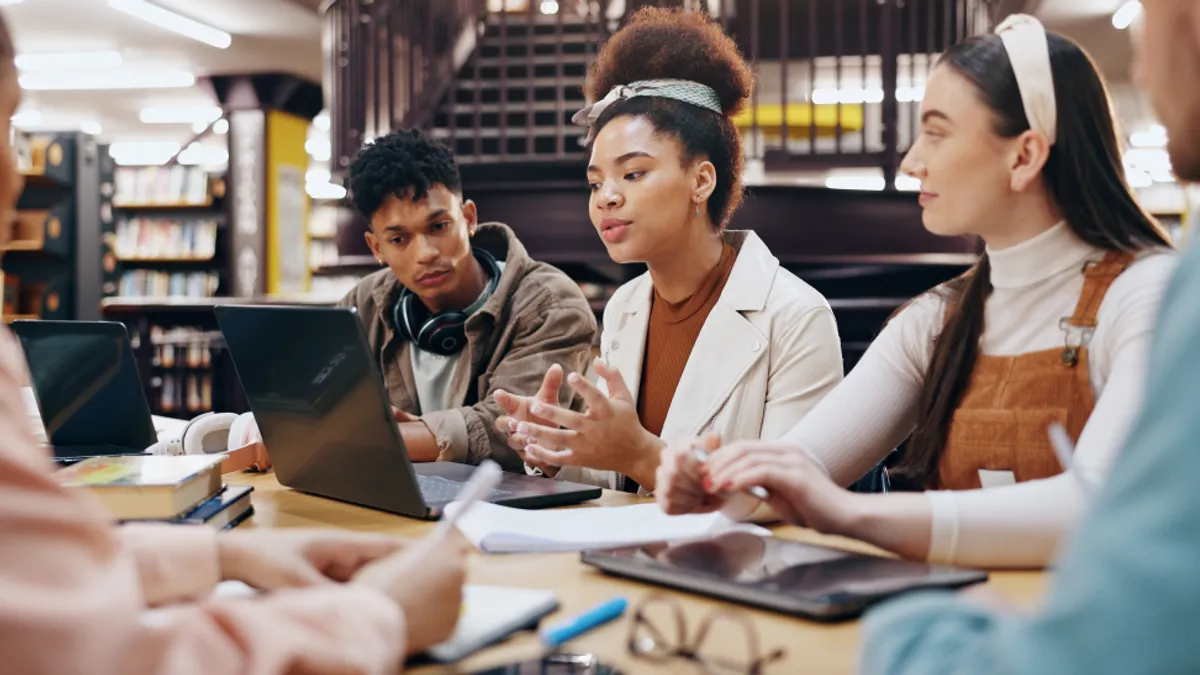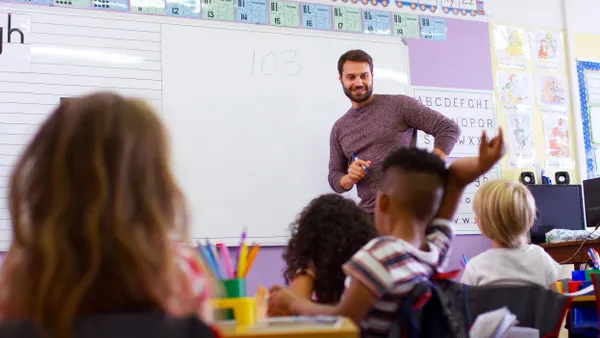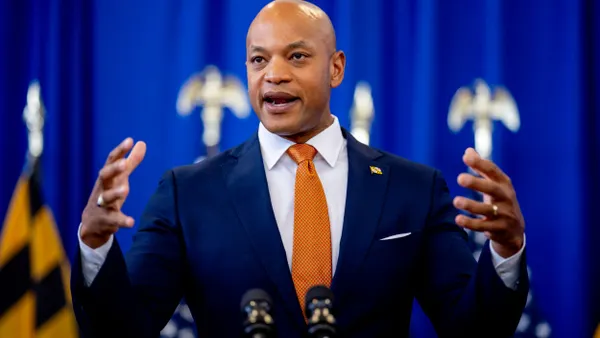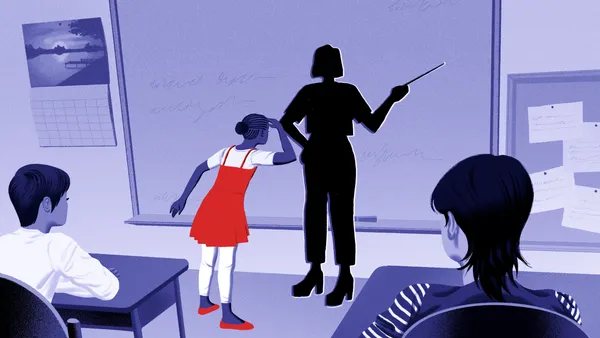The pathway from classroom to career can’t be conveyed by an ideal, one-size-fits-all map. Neither Siri, Alexa, nor a GPS can guide students from where they are now to where they want to be in the future.
But today’s educators can. Indeed, if they want to engage students more deeply in the classroom, boost academic achievement, and support career equity, they must.
Career exploration is the key. By continually illuminating the connection between classroom and career, educators provide a crystal-clear and engaging answer to students’ age-old question: “why do I need to know this?”
Career exploration isn’t about forcing students down a prescribed path. As the name suggests, it’s a journey that propels students to explore themselves and the world around them. Teachers, career counselors, and other educators can view it through four dynamic, overlapping stages:
- Personal Discovery: Reflecting on your interests, values, skills, and goals to understand what motivates you and aligns with your aspirations
- Career Awareness: Researching and learning about different careers, industries, and the education and/or training they require
- Career Evaluation: Analyzing specific career options to assess how well they fit your goals, preferences, and lifestyle
- Career Preparation: Building the knowledge, skills, and experiences necessary to successfully pursue a chosen career path
Personal discovery
To identify a missing puzzle piece, you have to study the existing puzzle. Likewise, students must know themselves well to find a fitting career. Through personal discovery, students unpack their unique interests, values, strengths, and abilities.
Personal discovery requires students to reflect on their identities, viewpoints, and experiences. Educators should help learners consider the problems they enjoy solving, how they interact with the world, and what drives their curiosity. Personality-type inventories, interest matchers, and value assessments can all aid in personal discovery.
Additionally, educators can encourage self-reflection through questions like:
- If you could spend a full day doing any activity, what would it be and why?
- What activities or tasks do your friends and family say you’re really good at?
- Think about a time you overcame a challenge. What skills or traits did you use to succeed?
- If you could solve one big problem in the world, what would it be and why?
Career awareness
This stage shifts the focus from self-reflection to outward exploration. Educators should introduce students to the wide range of existing career paths, along with the skills, experiences, and academic pathways needed for each.
Anyone interested in building or expanding upon their students’ ambitions should encourage career awareness. Showcasing the realities of work across a variety of industries, roles, and workplaces helps dismantle stereotypes and encourages students to pursue careers they may otherwise deem inaccessible.
Career fairs, guest speakers, career stories, field trips, and activities that explore the National Career Clusters® Framework can all be meaningful elements of career awareness.
Career evaluation
Career evaluation helps students pinpoint precise career goals. Through this stage, the workers of tomorrow immerse themselves in real-world workplace experiences and assess differentiating factors that matter to them most.
Common factors to consider include annual project job openings, median wages, education requirements, job security, industry culture, and work-life balance. For example, a student interested in healthcare might use these factors to consider whether to pursue a career as a nurse, physician, or medical technician.
Career preparation
Successful career exploration requires skills preparation. It’s the bridge connecting students’ curiosity and ambitions to employer needs.
This stage involves equipping students with the technical, industry-specific, and essential skills required for success in their chosen fields, while also helping them develop actionable plans for their academic and career pathways.
Career preparation shouldn’t be regulated solely to college or other post-secondary opportunities. By integrating career preparation activities into K-12 programs, educators can get students excited, confident, and invested in defining their own lifelong career journeys. Opportunities can include internships, resume and portfolio workshops, mock interviews, entrepreneurship projects, skills-building activities, and college and career planning sessions.
Not a one-time-only event
Career exploration should not be about forcing students down a prescribed pathway; when done well, career exploration continually equips students with the tools, knowledge, and confidence to discover and pursue custom journeys.
The right software and curriculum can make career exploration delightfully seamless and effective. That’s exactly why we built the career-connected learning tools of Pathway2Careers: because when education becomes relevant, learners fully engage. Career exploration can be a transformative experience that transforms classroom engagement, skyrockets academic achievement, and sets students up for sustained career fulfillment.










